Hurricane-Force Winds in Texas: How Roof Inspections Catch Hidden Weaknesses
June 1, 2025
•
Written By
PB Roofing

West Texas Winds Aren’t Just Strong—They’re Destructive
In Andrews and the rest of West Texas, we don’t need a named storm to feel hurricane-force wind. Out here, a regular summer squall or cold front can push gusts past 70 mph. And while you may not lose your whole roof in one go, that kind of wind doesn’t leave without doing some damage.
Most people don’t see the effects right away. A lifted shingle here, a nail pulling loose there—nothing you’ll spot from the ground. But that’s how roof wind damage starts: quietly. And once water finds a weak point, you’re looking at bigger problems.
That’s why a good roof inspection checklist matters. Not for show. Not for sales. It’s about knowing the condition of your roof before the next storm shows up—and making sure it’s ready.
What This Blog Covers
- How wind damages roofs—even without visible signs
- What a professional roof inspection actually checks
- Key things to know before you schedule an inspection
- Why PB Roofing takes a local-first approach in Andrews
- The pros and cons of proactive inspections vs. reactive repair
- FAQs about storm prep and roof care in West Texas
Need a roof inspection you can trust? Call PB Roofing today.
Understanding Roof Wind Damage in Andrews, TX
We get wind in the Basin that works over a roof like sandpaper. Year after year, it wears down materials—starting with the flashings, corners, ridge caps, and fasteners. You won’t always see it right away. But the damage builds.
What we see most often after high wind isn’t blown-off roofs—it’s leaks, loose components, or water that’s gotten in behind the scenes. That’s why staying ahead of the problem with inspections is part of doing things the right way.
Roof maintenance in Andrews, TX isn’t just a seasonal chore. It’s protection.

How to Prepare for a Roof Inspection After a Storm
Before we climb a ladder, there are a few things that make the process smoother—for you and for us:
- Know how old your roof is and what kind of materials were used
- If you’ve had repairs done, dig up that info
- Check your insurance policy so there are no surprises later
- Make sure we can access the attic or ceiling area if needed
- Pick a day with good weather—calm and dry
We’ll handle the inspection. You just make sure we have what we need to do it right.
What a Roof Inspection Checklist Should Include
We don’t believe in quick looks or guessing games. Here’s what a solid roof inspection checklist covers when wind damage is the concern:
1. Roof Edges and Flashing
These are high-pressure zones. If something’s going to go first in a storm, it’s probably here.
2. Fasteners, Nails, and Screws
Backed-out nails or rusted screws mean something’s been moving when it shouldn’t be.
3. Shingles or Metal Panels
We look for signs of lift, warping, or tears—even the smallest one can let water in.
4. Roof Penetrations (Vents, Pipes, Skylights)
Any point where something comes through the roof is a potential failure spot. Flashings have to be sealed tight.
5. Gutters and Drainage
Storms can pull gutters loose, which leads to water backing up and finding other ways in.
6. Attic or Ceiling Signs
We always check from the inside too—water stains, wet insulation, or light shining through tells us what the outside can’t.
This isn’t fluff. This is real-world storm prep, West Texas style.
How PB Roofing Handles Roof Inspections in Wind-Prone Areas
When we say we’ve been at this for over 30 years, we don’t mean sitting in offices writing reports. We’ve worked roofs through the dust, the heat, the hail, and the high wind.
When we do an inspection, we bring that experience to the job. That means:
- Using a checklist that reflects what actually fails out here
- Documenting everything with photos you can show your insurance company
- Giving you a straight answer—even if the problem’s small
- No drama, no pressure—we don’t try to upsell every little thing
- Showing up when we say we will, doing the job we said we’d do
That’s what you get with PB Roofing. No fluff. Just solid work.
Is It Worth Inspecting Your Roof Before Storm Season?
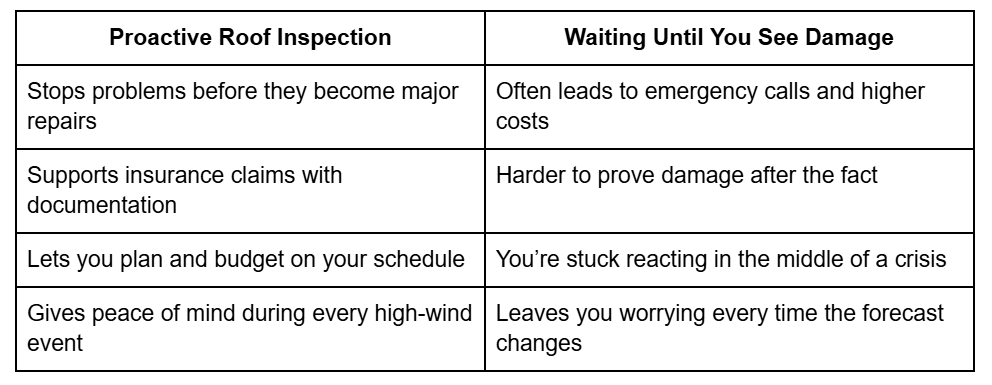
Doing nothing isn’t cheaper. It’s just delayed—and usually more expensive.
Wind Damage Roof FAQs for Andrews, TX Homeowners and Business Owners
If you're dealing with high winds or suspect your roof took a hit during storm season, you're not alone. These are some of the most common questions we get from property owners in and around Andrews, TX—along with straight answers from the field.
Conclusion: Wind Damage Isn’t Always Visible—But It’s Always Serious
If you’re in Andrews, TX, you already know how fast the wind can turn. You don’t have to lose half your roof to have a problem. It can start with one lifted seam.
At PB Roofing, we’re here to catch those problems before they grow. We do what we say, and we don’t make a big show out of it. That’s how you earn trust in this part of Texas.
Recent Articles
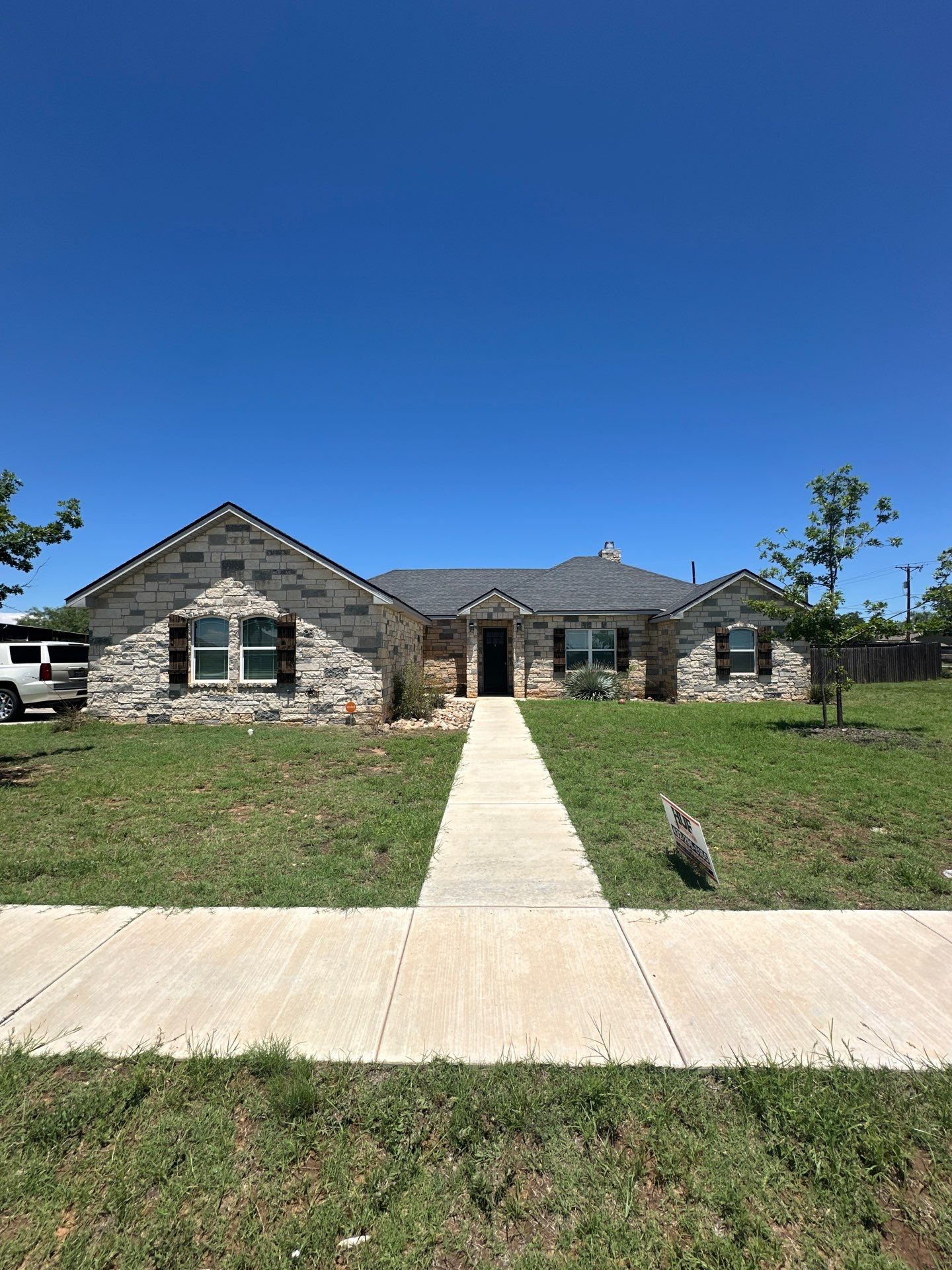
Local Roofing Contractors in Midland, TX: Trusted Experts in Your Neighborhood
Discover why hiring local roofing contractors in Midland, TX ensures durable roofs, fast service, expert repairs, and trusted warranties from PB Roofing—your neighborhood specialists.
October 4, 2025
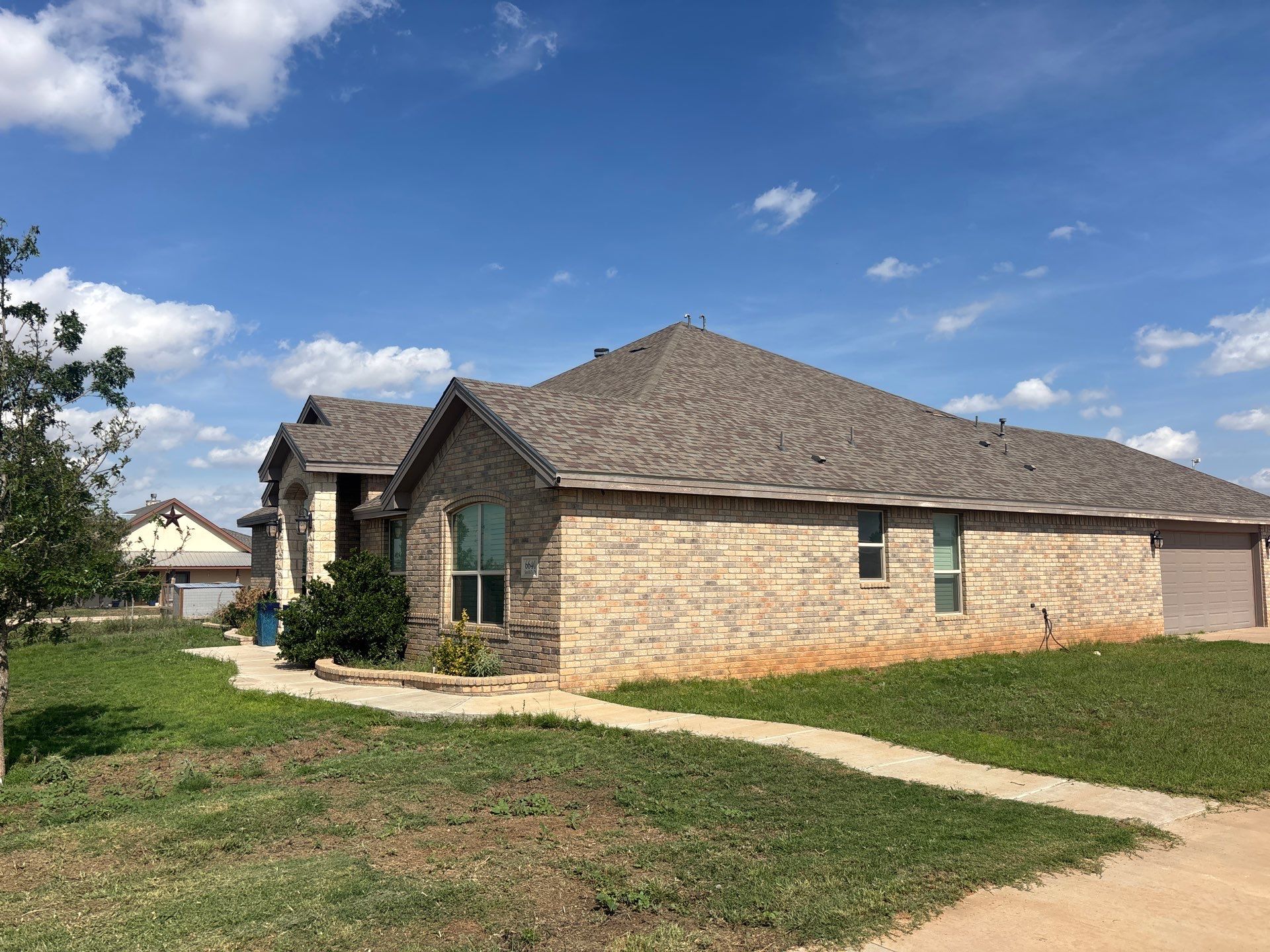
Choosing the Best Roofing Company in Midland, TX: Tips and Insights
Discover how to choose the best roofing company in Midland, TX—learn key tips on pricing, materials, warranties, and why PB Roofing is a trusted local expert with 30+ years’ experience.
October 3, 2025
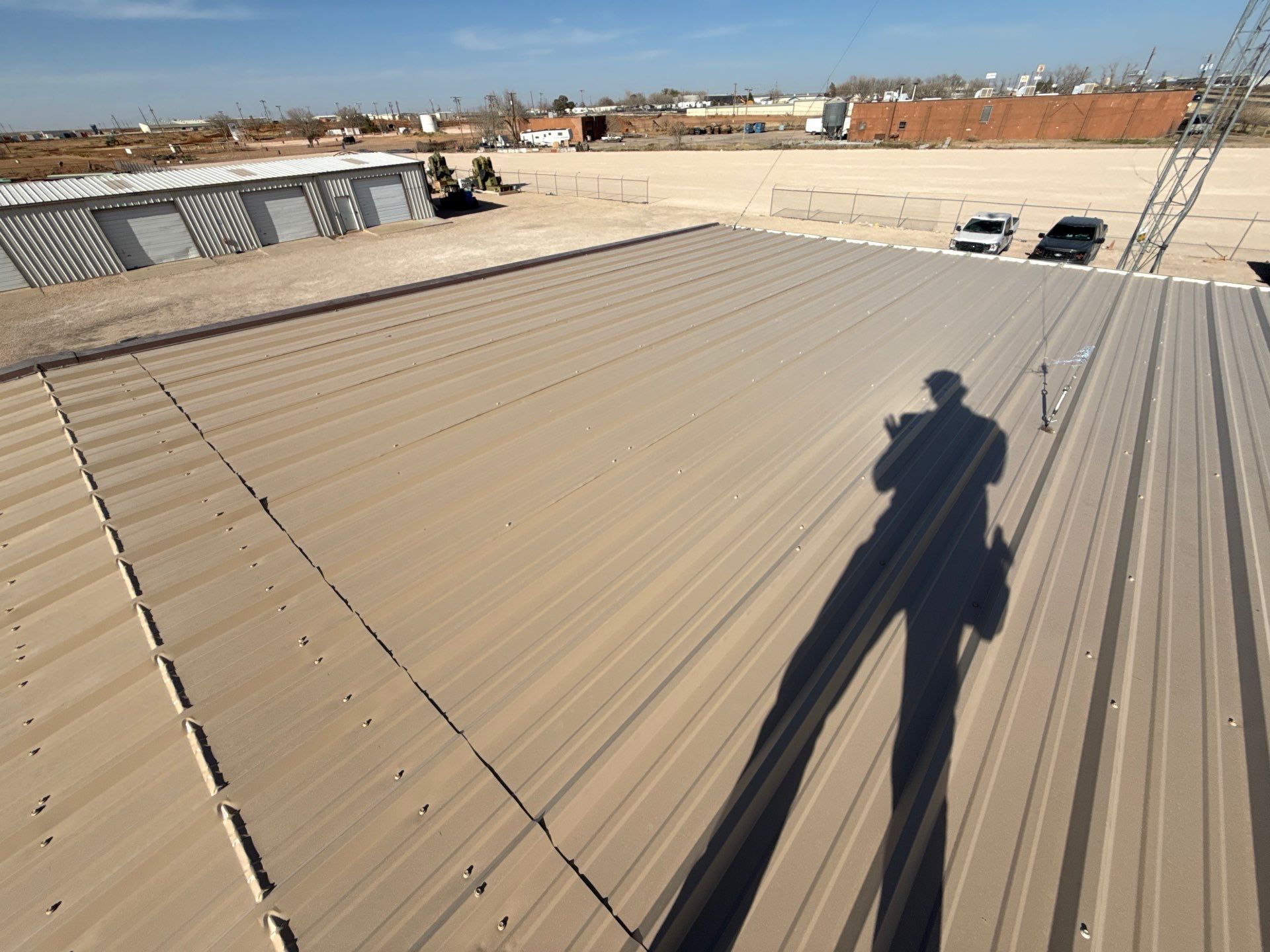
Roof Inspection in Midland, TX: Proactive Maintenance for a Lasting Investment
Protect your home with a professional roof inspection in Midland, TX. PB Roofing offers affordable, thorough inspections to extend roof life and prevent costly repairs.
October 2, 2025
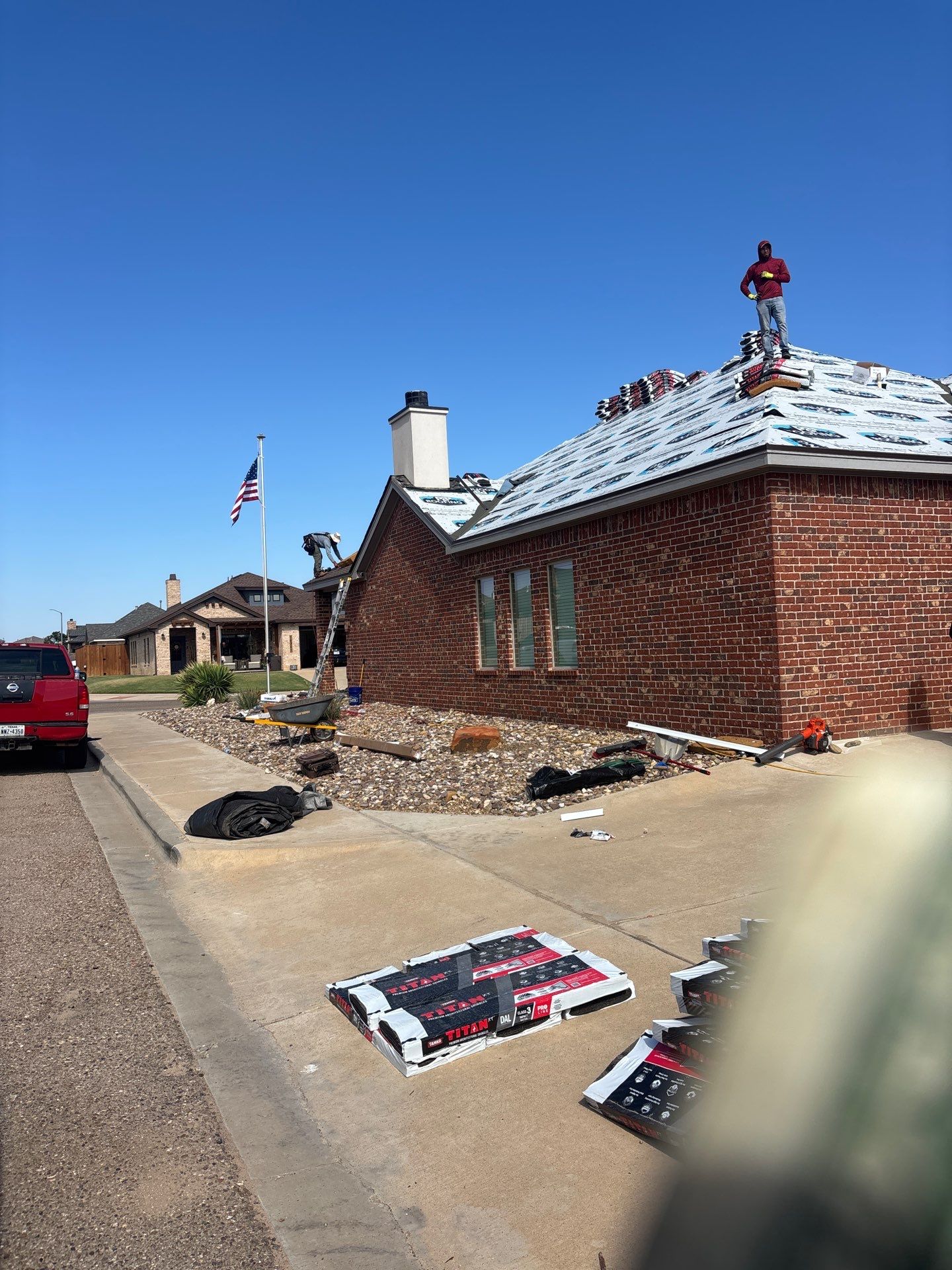
Demystifying Roof Repair Cost in Midland, TX: A Comprehensive Breakdown
Wondering how much a roof repair in Midland, TX might cost? Our comprehensive guide breaks down the factors that influence roof repair costs, helping you make informed decisions.
October 1, 2025
